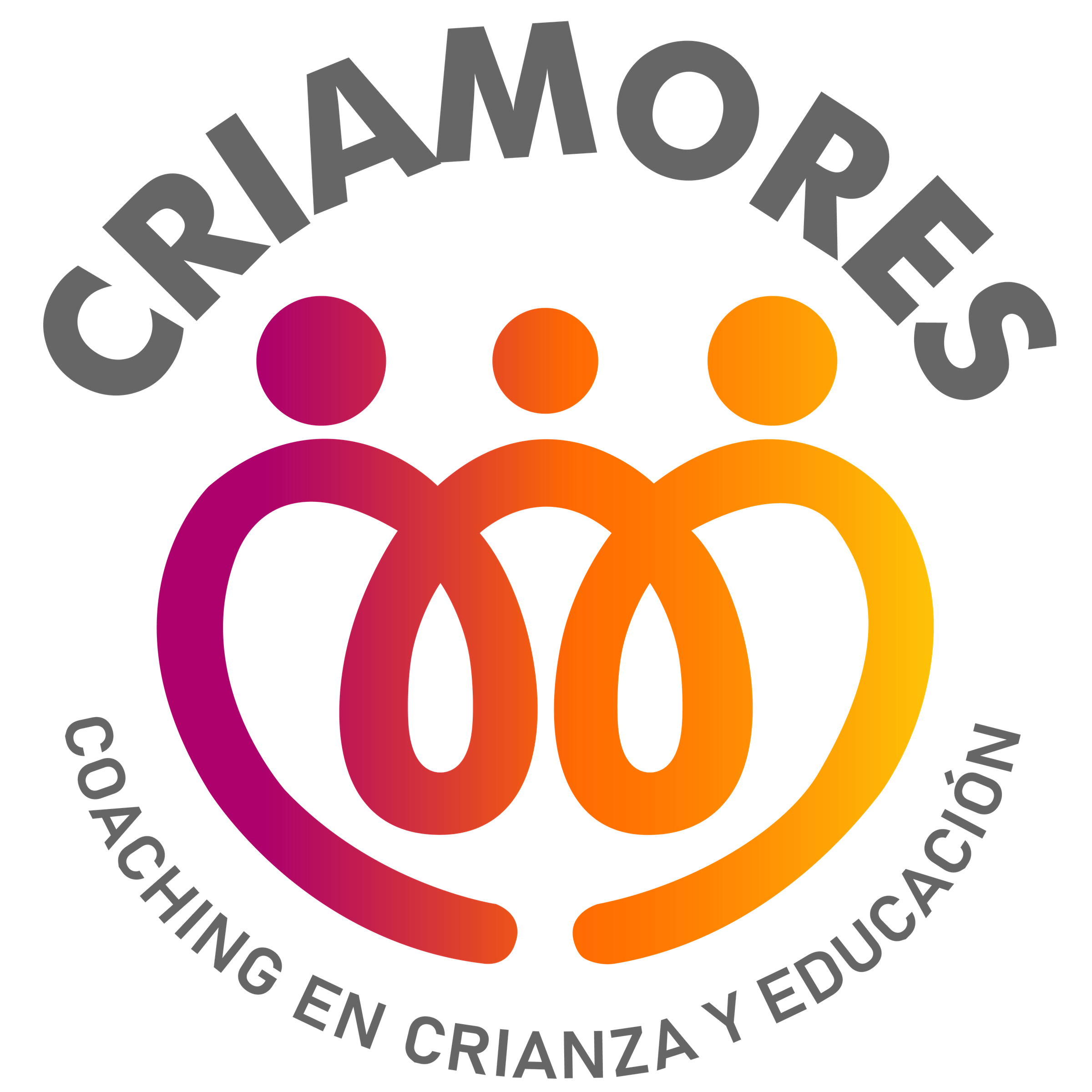In the meantime, you may be asking yourself if you should or shouldn’t be indulging in these cravings. After all, part of cutting back or eliminating alcohol from your system is to improve your health, right? My perspective is that it is also OK to indulge in sweets if it helps keep you off alcohol. You may have heard that alcohol breaks down into sugar in the body, but this isn’t exactly true. While sugar is combined with yeast in alcohol production, the sugar content of most alcoholic beverages is zero, and alcohol never breaks down into sugar while your body is metabolizing it. Surprisingly, some scientists believe sugar to be more addictive than drugs, such as cocaine.
- Remember that reducing a drink’s carb count won’t lessen the effects of alcohol.
- Moreover, the relationship between alcohol and sugar cravings can also be influenced by factors such as alcohol withdrawal and sugar addiction.
- Understanding and managing sugar cravings in individuals with Alcohol Use Disorder (AUD) is crucial in breaking the cycle of unhealthy behaviors.
- Eating lean proteins, such as fish, chicken, or eggs, can also help to provide the body with important vitamins and minerals.
If you wish to quit substance misuse, please consider professional addiction treatment services to receive a full range of interventions that can help ensure a successful recovery. Sweets are a decent snack occasionally, but recovering addicts should be more focused on combating their nutritional deficiencies with healthy snacks, meals, and drinks. So no, sugar cravings aren’t bad on their own, but they can lead to negative consequences, and other snacking options provide more benefits while recovering. While a bit of sugar is never bad, high sugar intake can lead to a relapse of the same substance abuse problems once faced.
This Is What A Neuroscientist (Who Studies Hunger) Eats In A Day
In addition, the appetite suppressing properties of stimulants make eating nutritious foods less likely. Some people in recovery use high sugar foods as a survival strategy to get sufficient calories when other foods are unpalatable. These spikes and crashes make sugar cravings incredibly common in early recovery from alcohol use disorder.
One ounce has 4 tablespoons of sugar, about 50 grams of carbohydrates and almost 200 calories. Simple syrup is often combined with lemon juice or lime juice to make a sweet-and-sour mixer. One of the most popular drinks made with OJ is a screwdriver (vodka and orange juice). Depending on the size and who is serving it, a typical screwdriver can why do alcoholics crave sugar easily have 19 grams of carbohydrate or more. Citrus mixers like lemon and lime juices usually don’t contribute much sugar, as a single drink doesn’t require much. While orange juice doesn’t have much more sugar per ounce (3 grams) than other citrus juices (2 grams), you typically use more OJ to make a drink than, say, lemon or lime juice.
TREATMENT DESIGNED FOR YOU.
However, the number can vary from one brand to another, so check the label. Beers with higher alcohol percentage have more calories and carbohydrates than less alcoholic beers. However, many brands of tonic water, ginger ale, cola, and lemon-lime soda (7Up or Sprite) come in diet versions. If you’re making a drink that’s heavier on the mixer than the alcohol, such as a highball, use low-carb mixers to avoid added carbs. Understanding which types of drinks have the least amount of carbohydrates can allow you to enjoy cocktails in moderation and keep you on track with your eating plan.
- If you are considering quitting, please reach out and I can put you in contact with the right resources.
- One of the best ways for an alcoholic to reduce their cravings for sugar is to focus on getting enough sleep and eating a balanced diet.
- Let Southeast Addiction Center put our decades of combined experience to work for you.
- Eating sugar can also help to boost energy levels and can help to make someone feel more alert and energized.
She works to create content that inspires clients and families to advocate for the support they deserve. Addiction treatment centers help by providing a safe space, professional treatment options, and long-lasting support for you to achieve abstinence. At All Points North Lodge, of clients benefit from individual and group therapy, medication-assisted treatment, and cutting-edge technology. A custom treatment plan in an optimal healing environment can give you the time and space you need to heal from substance misuse.
Finding Replacement Rewards
Learn how to break the cycle of sugar cravings and alcoholism with the right treatment and support. When it comes to alcohol and sugar, there is a clear link between the two. Alcoholics often crave sugar because of how alcohol affects their bodies. When you consume alcohol, your body’s blood sugar levels drop rapidly. Many people believe that the body craving sugar after addiction is simply a natural response to the sugar content in alcohol, but there’s more to the story. They start with the brain and, in the case of a recovering addict, can be a sign of addictive behaviors.
- Depending on the size and who is serving it, a typical screwdriver can easily have 19 grams of carbohydrate or more.
- They start with the brain and, in the case of a recovering addict, can be a sign of addictive behaviors.
- At a time of mounting childhood obesity, food and beverage giants like Coca-Cola, Kraft Heinz and Harvest Hill spent nearly $21 million last year advertising sugary drinks to children.
- Some of them, like marijuana addiction, can specifically affect appetite.
- There are a few reasons why recovering alcoholics may have an intense craving for sugar.
